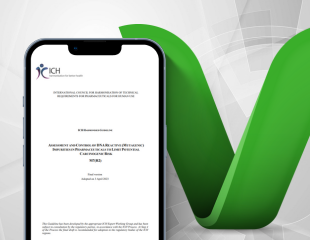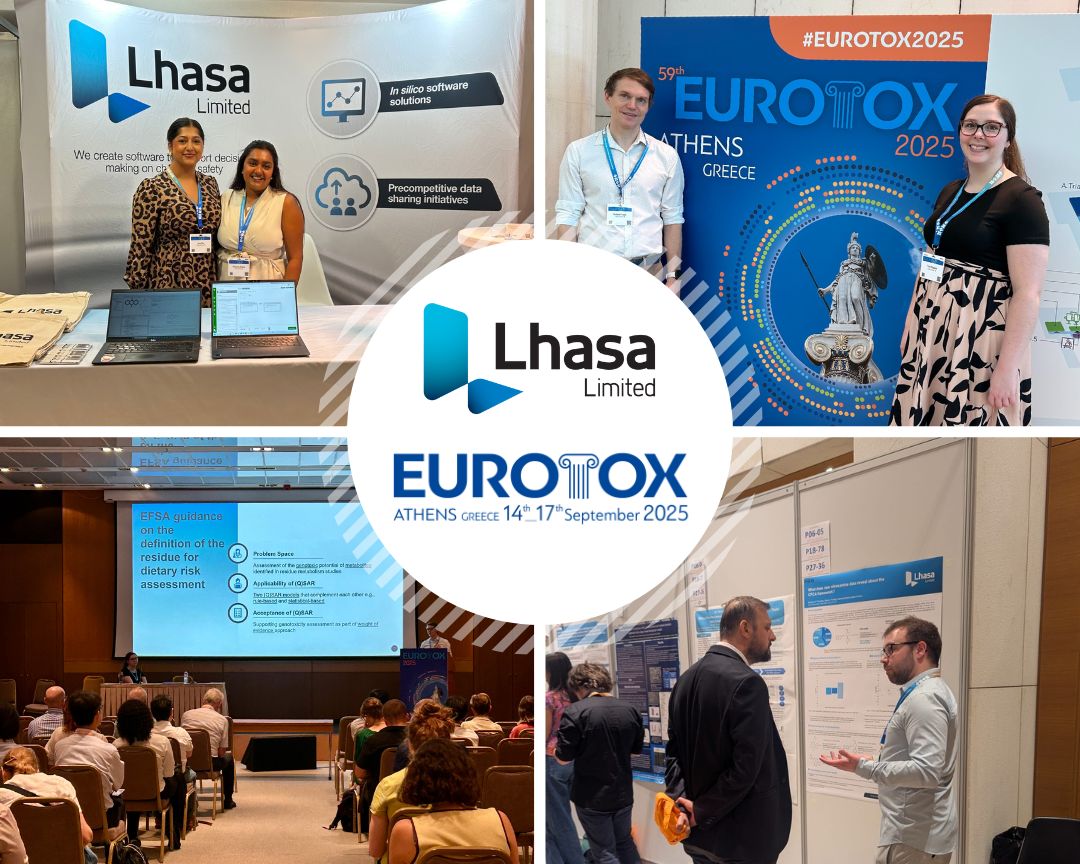Following our recent Lhasa Limited hosted webinar, ICH S1B(R1): industry and regulatory best practice for confident carcinogenicity assessment, attendees had the rare …
Driving efficient early-stage ICH M7 classification through reliable mutagenic and carcinogenic data
In this latest blog, we will define the difference between certainty and uncertainty in the ICH M7 guideline for mutagenic impurities. Delving …
Carcinogenicity assessment is a critical step in drug development. Teams must balance regulatory compliance, development timelines, and ethical testing, often with incomplete …
If you’re currently relying solely on analytical testing to check for mutagenic impurities in your active pharmaceutical ingredient (API), there is a …
Insights on ICH S1B(R1), genotoxicity and best practices in toxicology. The 59th Congress of the European Societies of Toxicology (EUROTOX) brought the …
In this blog, we explore the value of chemical structure search functionality in Vitic. Structure searching directs our members toward toxicity insights …






